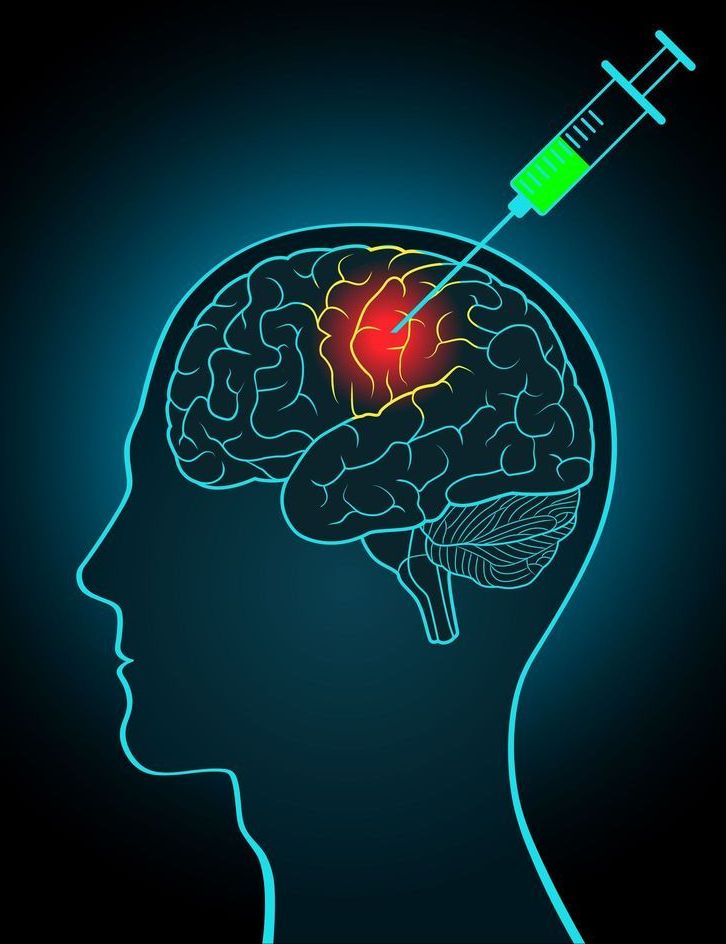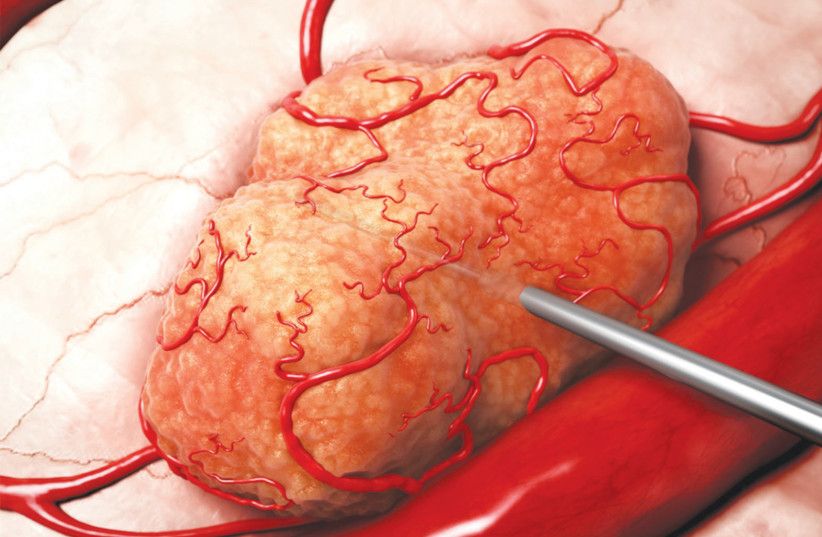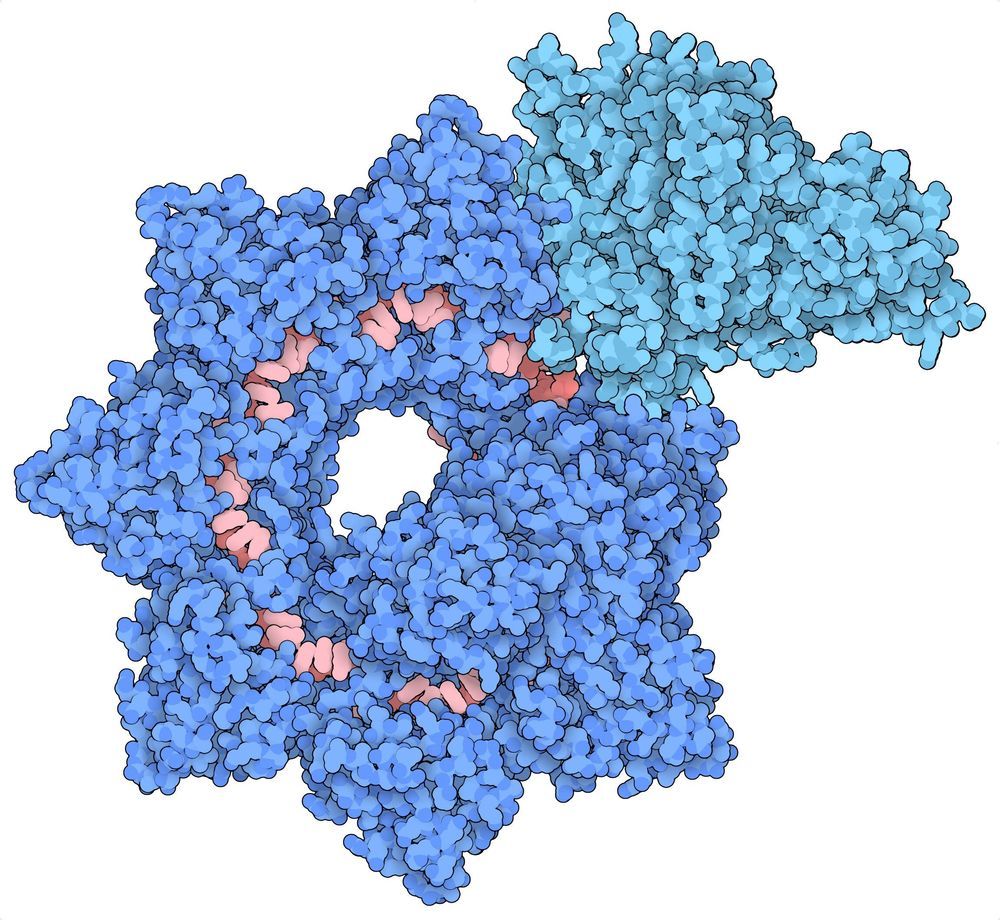Category: bioengineering – Page 143

Novel dementia vaccine on track for human trials within two years
A newly published study has described the successful results in mice of a novel vaccine designed to prevent neurodegeneration associated with Alzheimer’s disease. The researchers suggest this “dementia vaccine” is now ready for human trials, and if successful could become the “breakthrough of the next decade.”
The new study, led by the Institute for Molecular Medicine and University of California, Irvine, describes the effect of a vaccine designed to generate antibodies that both prevent, and remove, the aggregation of amyloid and tau proteins in the brain. The accumulation of these two proteins is thought to be the primary pathological cause of neurodegeneration associated with Alzheimer’s disease.
The research revealed the vaccine led to significant decreases in both tau and amyloid accumulation in the brains of bigenic mice engineered to exhibit aggregations of these toxic proteins. Many prior failed Alzheimer’s treatments over the past few years have focused individually on either amyloid or tau protein reductions, but growing evidence suggests a synergistic relationship between the two toxic proteins may be driving neurodegeneration. Hence the hypothesis a combination therapy may be the most effective way to prevent this kind of dementia.


Israel’s alpha radiation treatment shows tumor shrinkage in 100% of cases
The second thing to mention is that in many instances, we actually have cracked it, at least medically. There are endless cutting-edge treatments being deployed as we speak, and endless additional cutting-edge research projects being conducted. There are new breakthroughs all the time, much of which are awaiting FDA approval, but one thing many of these treatments and cures have in common is that they are developed in a tiny country smaller than New Jersey that happens to be located in perhaps the worst neighborhood on Earth. When it comes to cancer research, Israel leads the way.
Finally, the last time I wrote about cutting-edge cancer treatments, I was contacted by a close friend who is a leading oncologist. He pointed out that a disclaimer is very much necessary when I write these articles. The last thing oncologists need is for their patients to think there is some magical solution here and show up to their appointments with a cut-out of an article. In fact, the last thing a cancer patient needs is false hope.
So the disclaimer is that this company is in the clinical trial phase, and if all goes according to plan, tumors might be much more manageable and treatable than they are today, but a lot has to happen before we get there.
How To Build A Tougher Mind: Dr Jon Finn
Dr Shima Beigi BSc, MSc, MSc, Ph.D. founder of Mindfulness Engineering™️ and ideaXme Rich Connectedness™️ ambassador interviews Dr Jon Finn founder Tougher Minds.
Dr Jon Finn:
Jon began his career in elite sport — mainly professional football, rugby, cricket and golf. His work focused on helping people to perform to their potential. He realised that the same approach could be adapted to help a broader range of people, of all ages and in all walks of life.
So he founded Tougher Minds and began developing and delivering training in education and business to groups of varying sizes. The programmes has reached over 10,000 people during the last decade. The consultancy is now well established in the corporate sector and works with companies in the City of London, the US and Europe.
Tougher Minds’ programmes have been recognised for their effectiveness. This includes the Independent School Association’s Education Initiative of the Year award. We have also advised the Department of Education, and think-tank DEMOS on developing resilience in young people.
“In order to ensure our training is rooted in the most up to date understanding of neuroscience” Dr Finn completed a PhD at Leeds Beckett University in 2015.
Podcast #39: Quantum Computing, The State of The Art, featuring whurley
“As an entrepreneur I like to know the next two or three things I might start a company on. For me it was robotics, bio-hacking, and quantum.”–whurley.

The complicated ethics of genetic engineering
With new technology to edit genes, scientists are now working on things that once seemed impossible. But what are the boundaries? See the full 60 Minutes interview with Church, here: https://cbsn.ws/34ZhuTs
Watch Full Episodes of “60 Minutes” HERE: http://cbsn.ws/1Qkjo1F
Get more “60 Minutes” from “60 Minutes: Overtime” HERE: http://cbsn.ws/1KG3sdr
Relive past episodies and interviews with “60 Rewind” HERE: http://cbsn.ws/1PlZiGI
Follow “60 Minutes” on Instagram HERE: http://bit.ly/23Xv8Ry
Like “60 Minutes” on Facebook HERE: http://on.fb.me/1Xb1Dao
Follow “60 Minutes” on Twitter HERE: http://bit.ly/1KxUsqX
Follow “60 Minutes” on Google+ HERE: http://bit.ly/1KxUvmG
Get unlimited ad-free viewing of the latest stories plus access to classic 60 Minutes archives, 60 Overtime, and exclusive extras. Subscribe to 60 Minutes All Access HERE: http://cbsn.ws/23XvRSS
Get the latest news and best in original reporting from CBS News delivered to your inbox. Subscribe to newsletters HERE: http://cbsn.ws/1RqHw7T
Get your news on the go! Download CBS News mobile apps HERE: http://cbsn.ws/1Xb1WC8
Get new episodes of shows you love across devices the next day, stream local news live, and watch full seasons of CBS fan favorites anytime, anywhere with CBS All Access. Try it free! http://bit.ly/1OQA29B

The science news events that shaped 2019
A year marked by climate protests, political uncertainty and debate over the ethics of gene editing in human embryos proved challenging for science. But researchers also celebrated some exciting firsts — a quantum computer that can outperform its classical counterparts, a photo of a black hole and samples gathered from an asteroid.
Climate strikes, marsquakes and gaming AIs are among the year’s top stories.

First images of an ‘upgraded’ CRISPR tool
Columbia scientists have captured the first images of a new gene editing tool that could improve upon existing CRISPR-based tools. The team developed the tool, called INTEGRATE, after discovering a unique “jumping gene” in Vibrio cholerae bacteria that could insert large genetic payloads in the genome without introducing DNA breaks.
In the new study, published today in Nature, the researchers harnessed a Nobel Prize-winning technique called cryo-electron microscopy to freeze the gene editing complex in action, revealing high-resolution details about how it works.
“We showed in our first study how to leverage INTEGRATE for targeted DNA insertions in bacterial cells,” says Sam Sternberg, Ph.D., assistant professor of biochemistry & molecular biophysics at Columbia University Vagelos College of Physicians and Surgeons, who led the research with Israel Fernandez, Ph.D., assistant professor of biochemistry & molecular biophysics at Columbia. “These new images, a wonderful collaboration with Israel Fernández’s lab, explain the biology with incredible molecular detail and will help us improve the system by guiding protein engineering efforts.”